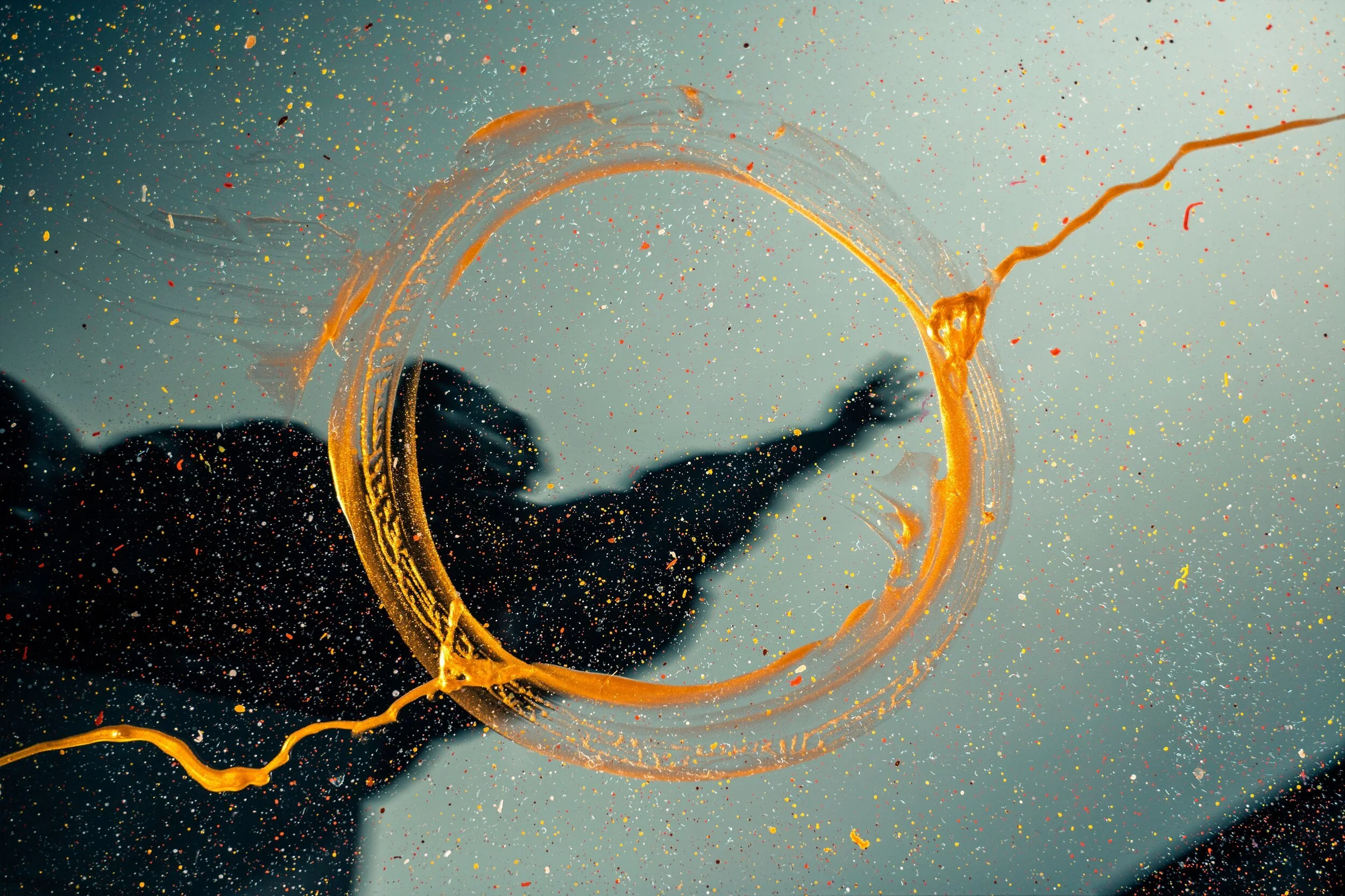How to Troubleshoot a Creative Partnership
by Hana Michels
Creative partnerships can be beautiful, productive, and incredibly fulfilling. Whether you are collaborating on a script, building a website, planning an event, or just sharing ideas with each other, these alliances can be a satisfying mix of friendship, spiritual connection, and professional relationship. In this post, Hana Michels explores the complexities of these relationships, with practical solutions for addressing the confusing areas.
The creative partnership is a multi-layered complexity can also be a confusing minefield, with personal and professional risks at every turn. The intricacy required to produce something together can lead to great things, but it also makes it much easier for either person’s Part X (the inner saboteur we all have) to bring the relationship to its knees.
As a coach to creative types, I have seen how two people’s Part Xs can wreak havoc. Imagine what happens when one person’s Part X is hypercritical while the other person’s is oversensitive to criticism, constructive or otherwise. Or can you see how two procrastinators might get so drawn into the excitement of the project—fine-tuning ideas, exploring the meanings and metaphors behind a project, or focusing on the process of world-building—that they never take steps to bring their ideas to life?
There are many ways one Part X can butt heads with another to keep you from making progress on creative endeavors. Here are some common ways this can show up, along with some tools and techniques you can use to manage it when it does.
FOR A PARTNER WHO IS HYPERSENSITIVE
Before giving criticism, practice the Active Love Tool. Practice it beforehand so you get comfortable doing it quickly. You’ll want to be able to do it as needed, especially if you’re face-to-face with the person and about to give them some feedback.
Think about your phrasing when communicating. Try pointing out the positive in conjunction with the negative. Practice gentler word replacements or compliment sandwiches (compliment-criticism-compliment). If applicable, see if you can explain how your feedback will better serve their vision or intentions.
Try to keep your critiques related to your current project as much as possible, and stay away from personal criticism, even if your critiques about the work reflect a broader personal issue you may have. The more you point out issues related to the work itself in a kind manner, the more likely it is that your partner will remain open to reflecting on their own patterns.
FOR A PARTNER WHO IS HYPERCRITICAL
The Active Love Tool is also key here.
When pointing out how your partner hurt your feelings, try to do so in the moment and highlight their statements in real time. It may take practice to cultivate this habit, especially if you have a tendency to shut down in the face of criticism.
Use “I” statements as much as possible to put the focus on how certain statements make you feel. Instead of blurting out, “Don’t say it like that!”, say, “When you said ______, I felt ________.”
Offer them an example of how they can phrase their feedback or observations that would make it easier for you to hear them.
If you find yourself unable to call-out hurtful critiques the moment they happen, write down your feelings about the experience. Leave the draft for a while before re-reading it and deciding if you’d like to send it to the person.
If your partner’s feedback feels personal, ask them questions specifically related to the project you’re working on together while you consistently reiterate “I” statements for personal experience.
If someone is relentlessly personal with their critiques, or doesn’t show an effort to change their phrasing, you may want to step back and find a new partnership.
If their critiques are about the work, yet you find yourself responding negatively, Shadow work can help. Being sensitive about your art or something you create is natural, but being oversensitive can be an impediment to not just the project, but to your long term growth as well
FOR PARTNERS WHO PROCRASTINATE TOGETHER OR GET BOGGED DOWN
Assign one person the job of “taskmaster,” and trade off until you either feel at ease with trading or find that the taskmaster job comes naturally to one of you.
As the taskmaster, map out a list of steps you need to take to finish a project and keep that map/list where you can both see it at all times.
Once you stop feeling the creative flow that comes with a good partnership and/or an exciting idea, that’s your cue to say “let’s move on to the next step.”
If you feel like either of you is getting stuck on details that don’t matter at this stage, that’s another cue to move on.
Do not go back to previous steps until you’ve finished the first round of steps! Tiny details can always be tweaked at the end of a creative project (with the exception of some forms of visual art), and it can really halt progress if you keep going back.
If you are friends as well as creative partners, establish a separation between “friend time” and “work time.” Whether you are collaborating virtually or meeting in person, there are small ways you and your partner can change the environment around you to help your brains make the distinction between “friend time” and “work time,” such as changing rooms or locations where you’re meeting, swapping your seats, or modifying the environment with something as simple as lighting a candle.
FOR RESENTMENT OR AN UNBALANCED WORKLOAD
If you feel your partner is not taking on their fair share of the work, use Active Love before you approach them. In some situations, it’s possible your partner is unaware of how much you’re doing or how unhappy you are with the imbalance.
See if your partner is willing to make a list of their strengths and weaknesses as an artist. If they’re downplaying certain strengths, this will give you an opportunity to tell your partner why they’re capable, skilled, and equipped to take on certain aspects of a project.
Ask them what time of day they feel most creative and, if they’re able, see if they’re willing to take on specific tasks during that window of time, even if it’s on their own.
If their issue is related to pacing, you may need to force yourself to slow down if you are not working on a deadline. If there is one, you may need to ask your partner to do specific tasks before that deadline. (If you are dealing with entertainment industry gatekeepers for a project that hasn’t been greenlit yet, it’s better to ask for more time and deliver a great product than churn something out within a timeline they set.)
BRINGING IN A THIRD PARTY
If you’re having trouble you can’t resolve together, bring in an impartial third party, ideally a therapist or coach to observe your work or creative process and provide feedback to the two of you. If you can’t find a therapist or coach to work with, you may also consider bringing in a peer or colleague from your field, but try to choose an impartial candidate, someone who isn’t close friends with either of you.
Be honest. Focus on your own struggles or frustrations rather than speaking for your partner. Try not to dredge up old conflicts. Instead, focus on current issues with current projects, even if they reflect a broader trend. This third party may also be able to help you refine and streamline a project if you have two separate visions for it. There may be a middle ground between these visions, or one partner may find themselves more able to compromise the more they discuss the project with a third person.
STRIVE FOR OPENNESS, HONESTY, AND KINDNESS
When using any of these techniques, please feel free to be as open as possible with your partner—but also remember to be kind. The need to troubleshoot doesn’t mean your creative partnership is in danger. Issues and imbalances naturally come up in these relationships, as much as (if not more than) other relationships. And just like any other relationship, when both parties are willing to be vulnerable and work through issues, big, positive, exciting changes can happen.
Hana Michels is a writer, comedian, and life coach with certification from the Wainwright Global Coaching Institute. She has also been trained in coaching and creative consultation techniques by Barry Michels, whom she can’t pretend is not her father because they share a last name. Learn more at Spark Creative Coaching.











